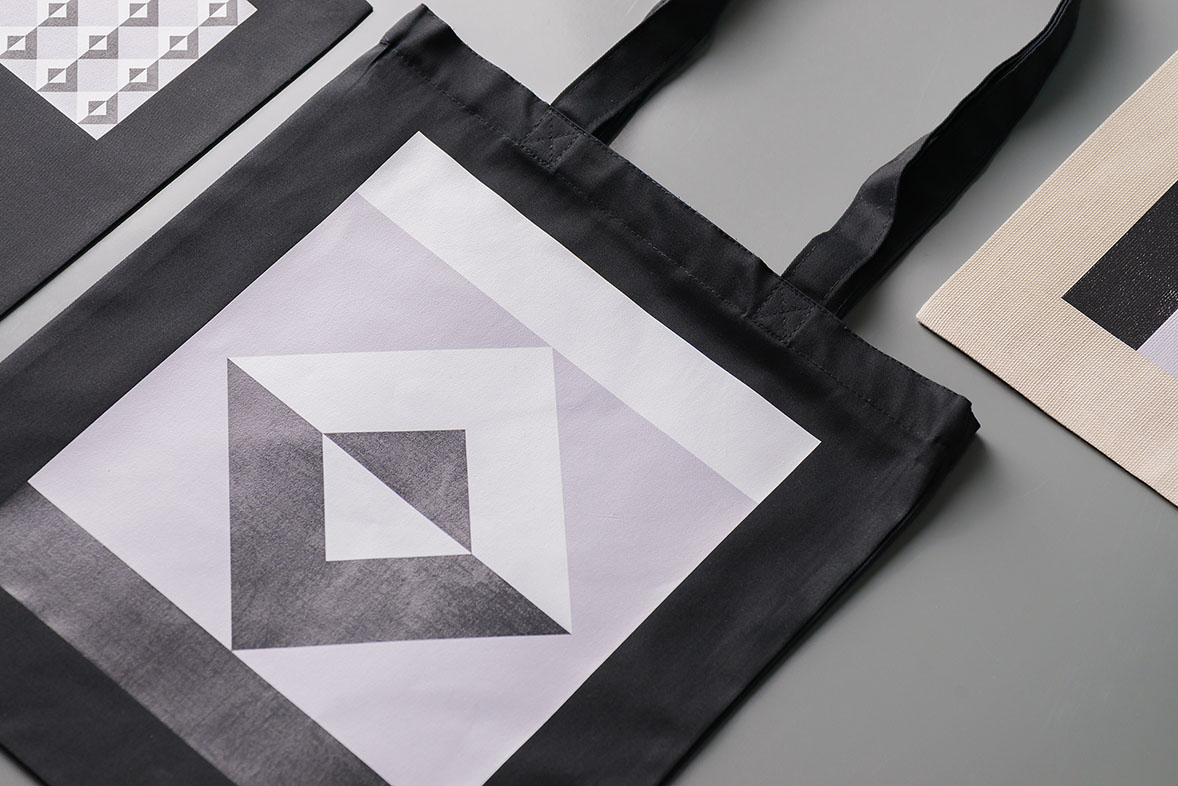The relevance of printing in our time
Today, probably, there is not a single person who would not use the services of print centres in order to print an inscription, logo or photo on a T-shirt or sweatshirt. Branded clothing is an effective element of corporate style, a good advertising method and a memorable gift for a loved one. What type of application should you choose? 24print invites you to consider the popular types of printing on T-shirts in order to make it easier for you to decide on the right technology.
Types of printing on fabric
- Silk-screen printing is a universal method, as it allows you to apply images to almost any product. The essence of silk-screen printing is to apply paint through special nets. The paint is applied through the stencil mesh directly to the fabric, penetrating into the fibres, due to which, as a result, we get a wear-resistant image that can withstand 50 or more washings. In addition, this type of drawing on fabric is the most economical, provided that the circulation is at least 50 units. It is worth choosing this type of printing on clothes if you want to get a product with printing of small details for reasonable money and you have several working days to wait, since it takes a lot of time to prepare for printing.
- Thermal transfer printing - used to apply images to textiles using thermal film and heat press. The application technology consists of applying an image to a thermal transfer film, then the inscription or drawing along the contour is cut by a plotter and is fixed on the fabric using thermal transfer under the influence of temperature. The advantages of this type of printing on T-shirts include: the ability to print from 1 piece, a large assortment of films both in colour and texture, speed of order execution. The disadvantages include the ability to print only on natural fabrics, the contour of the image must be clear, the print can withstand up to 50 washes if used correctly. This type of application is often chosen when you need to apply an inscription or a simple drawing in a short time and in a small print run.
- Digital - allows you to create unique products for both personal use and advertising purposes. The technology is similar to paper printing. The printer prints the image on a fabric pre-treated with a special agent, the ink is absorbed by the fibres and fixed under the influence of temperature. This type of printing on clothing assumes photographic image quality, a high level of wear resistance and the ability to manufacture from 1 piece in the shortest possible time.
- Sublimation printing is an actual type of application not only for T-shirts and sweatshirts, but also for caps, plates, cups and badges. To transfer the image, use sublimation paper with which, under the influence of temperature, the pattern is transferred to textiles or other products. For the best result, the picture is applied either on synthetic fabrics or on the product after processing with polymers.
Printing alternatives
Batik - hand-painted. One of the oldest and most laborious options for applying a pattern to fabric. This type of application allows you to create unique and limited items, because each print is unique. Batik is custom-made by artists.
Embroidery - used to apply logos, emblems, inscriptions and chevrons on textile products. It looks expensive and presentable.
Consultation at 24print
Nowadays, there are many ways to apply a picture, photo, lettering or logo on textiles, and of course, the consumer who first encounters printing on T-shirts or other products is lost among the many types of printing. Many questions arise: how the product will ultimately look like? is it possible to print a T-shirt in a single copy? how to properly care for the product so that the print will last longer? and many others. In our article, we tried to describe the current types of printing on fabric, so that it would be easier to decide what exactly you need. If you still have questions, our managers will be happy to answer them at any time.










